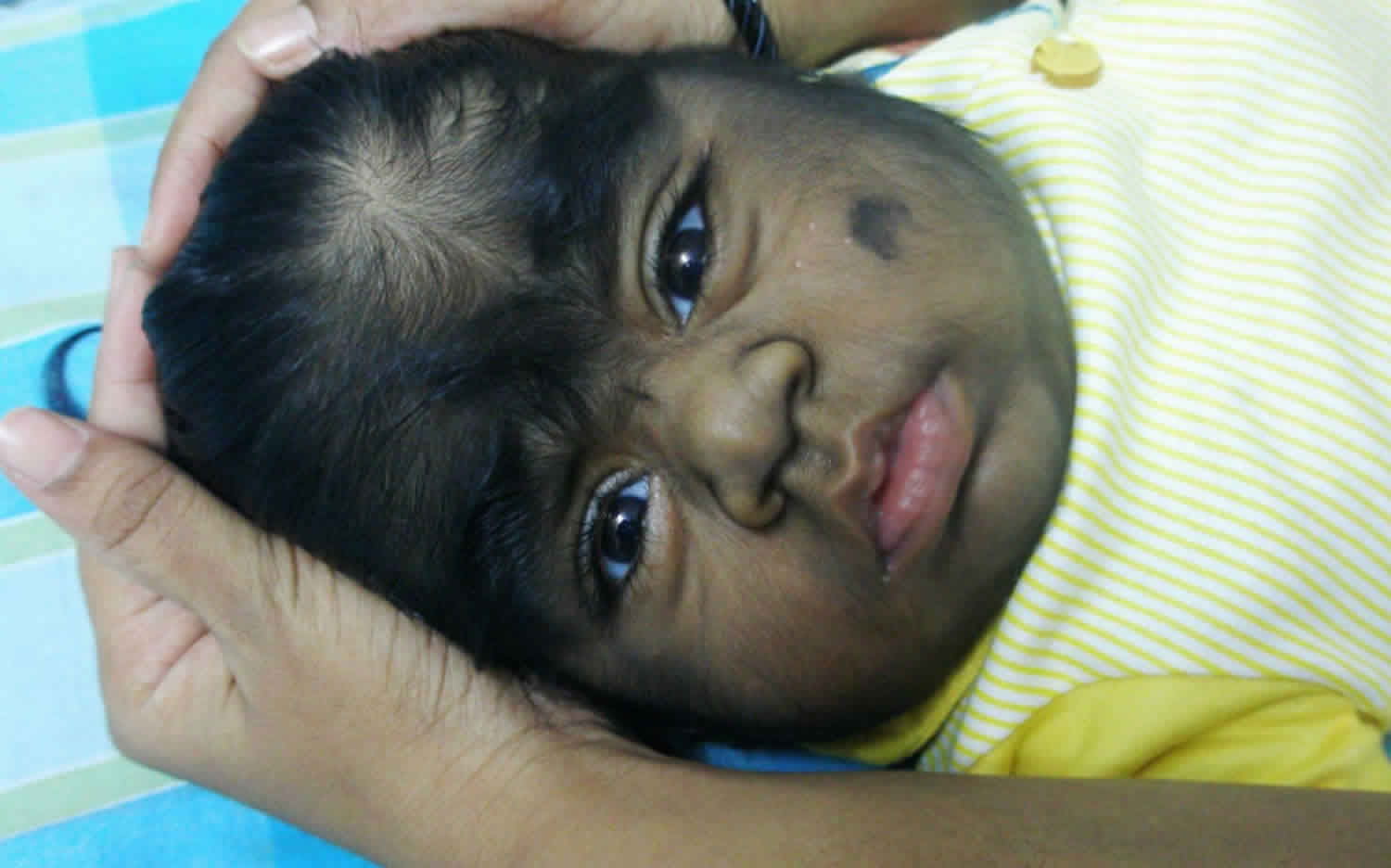
Cervical Hypertrichosis Neuropathy might sound like a mouthful, but it's a condition worth understanding. This rare disorder combines excessive hair growth on the neck with nerve problems, leading to unique challenges for those affected. Hypertrichosis refers to abnormal hair growth, while neuropathy involves nerve damage or dysfunction. Together, they create a condition that can impact daily life in unexpected ways. Imagine dealing with both physical discomfort and the social implications of unusual hair growth. This article dives into 34 intriguing facts about this condition, shedding light on its causes, symptoms, and potential treatments. Whether you're curious or seeking information for a loved one, these facts will provide valuable insights.
Key Takeaways:
- Cervical Hypertrichosis Neuropathy is an extremely rare condition that causes excessive hair growth on the neck and nerve-related issues, impacting daily life in unexpected ways.
- Understanding the symptoms, causes, and treatment options for Cervical Hypertrichosis Neuropathy is crucial for managing the condition effectively and living a fulfilling life despite its challenges.
What is Cervical Hypertrichosis Neuropathy?
Cervical Hypertrichosis Neuropathy is a rare condition that combines excessive hair growth on the neck with nerve-related issues. This unique disorder can affect daily life in unexpected ways. Here are some intriguing facts about this condition.
-
Rare Condition: Cervical Hypertrichosis Neuropathy is extremely rare, with only a handful of documented cases worldwide.
-
Excessive Hair Growth: The hallmark of this condition is abnormal hair growth on the neck, which can be quite dense and noticeable.
-
Nerve Problems: Alongside hair growth, individuals experience neuropathy, which includes symptoms like pain, tingling, and numbness.
-
Genetic Link: Some cases have shown a genetic component, suggesting it can run in families.
-
First Documented Case: The first known case was reported in medical literature in the early 20th century.
-
Diagnosis Challenges: Due to its rarity, diagnosing this condition can be challenging and often requires a specialist.
Symptoms of Cervical Hypertrichosis Neuropathy
Understanding the symptoms can help in identifying and managing the condition effectively. Here are some common symptoms associated with Cervical Hypertrichosis Neuropathy.
-
Localized Hair Growth: Hair growth is typically localized to the cervical (neck) region.
-
Pain and Discomfort: Individuals often experience chronic pain in the neck area.
-
Tingling Sensation: A tingling or "pins and needles" sensation is common.
-
Numbness: Some may experience numbness in the neck and surrounding areas.
-
Muscle Weakness: Muscle weakness in the neck can occur, affecting movement and posture.
-
Skin Changes: The skin in the affected area may become thicker or change in texture.
Causes and Risk Factors
While the exact cause of Cervical Hypertrichosis Neuropathy is not fully understood, several factors may contribute to its development.
-
Genetic Mutations: Certain genetic mutations have been linked to the condition.
-
Hormonal Imbalances: Hormonal changes can trigger excessive hair growth.
-
Autoimmune Disorders: Some autoimmune conditions are associated with neuropathy.
-
Infections: Certain infections can lead to nerve damage and abnormal hair growth.
-
Medications: Some medications have side effects that include hair growth and neuropathy.
-
Environmental Factors: Exposure to certain environmental factors may play a role.
Diagnosis and Treatment
Proper diagnosis and treatment are crucial for managing Cervical Hypertrichosis Neuropathy. Here are some key points about how it's diagnosed and treated.
-
Medical History: A thorough medical history is essential for diagnosis.
-
Physical Examination: A physical exam helps identify the extent of hair growth and neuropathy.
-
Genetic Testing: Genetic tests can identify mutations linked to the condition.
-
Skin Biopsy: A skin biopsy may be performed to examine hair follicles and skin changes.
-
Nerve Conduction Studies: These tests measure the electrical activity of nerves.
-
Pain Management: Pain relief is a primary focus, often involving medications and physical therapy.
-
Hair Removal: Various methods, including laser hair removal, can manage excessive hair growth.
-
Surgical Options: In severe cases, surgery may be considered to relieve nerve pressure.
Living with Cervical Hypertrichosis Neuropathy
Living with this condition can be challenging, but understanding and support can make a significant difference. Here are some aspects of daily life with Cervical Hypertrichosis Neuropathy.
-
Emotional Impact: The condition can affect self-esteem and mental health.
-
Support Groups: Joining support groups can provide emotional and practical support.
-
Lifestyle Adjustments: Making lifestyle changes can help manage symptoms.
-
Regular Check-ups: Regular medical check-ups are important for monitoring the condition.
-
Physical Therapy: Physical therapy can improve muscle strength and reduce pain.
-
Diet and Nutrition: A balanced diet can support overall health and well-being.
-
Stress Management: Managing stress through relaxation techniques can help alleviate symptoms.
-
Education and Awareness: Educating oneself and others about the condition can foster understanding and support.
Final Thoughts on Cervical Hypertrichosis Neuropathy
Cervical Hypertrichosis Neuropathy, though rare, offers a fascinating glimpse into the complexities of human genetics and neurology. Understanding this condition helps shed light on how our bodies can sometimes develop in unexpected ways. While it might seem daunting, awareness and knowledge can lead to better management and support for those affected.
Research continues to evolve, bringing hope for more effective treatments and interventions. For families and individuals dealing with this condition, staying informed and connected with medical professionals is crucial. Remember, every piece of information adds to the bigger picture, helping us understand and address such unique medical conditions better.
Stay curious, stay informed, and never underestimate the power of knowledge in navigating life's unexpected challenges.
Frequently Asked Questions
Was this page helpful?
Our commitment to delivering trustworthy and engaging content is at the heart of what we do. Each fact on our site is contributed by real users like you, bringing a wealth of diverse insights and information. To ensure the highest standards of accuracy and reliability, our dedicated editors meticulously review each submission. This process guarantees that the facts we share are not only fascinating but also credible. Trust in our commitment to quality and authenticity as you explore and learn with us.
